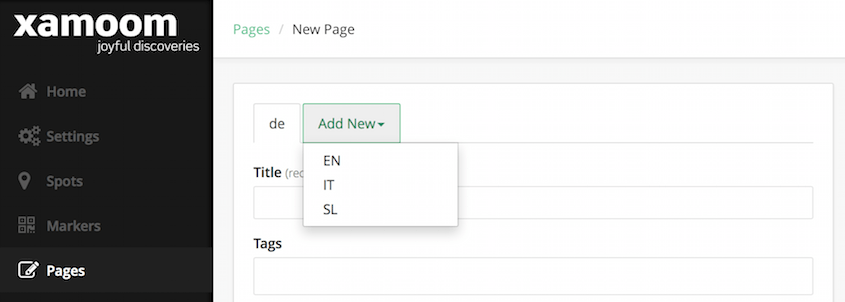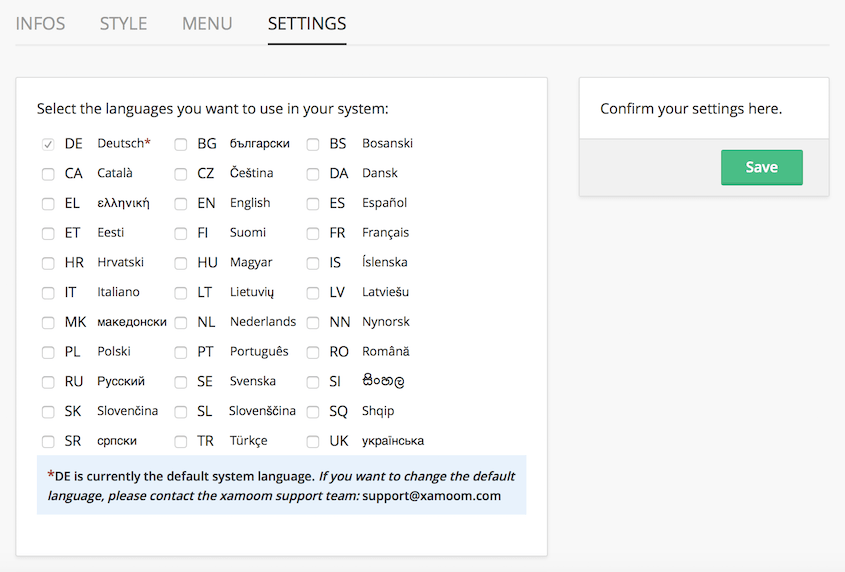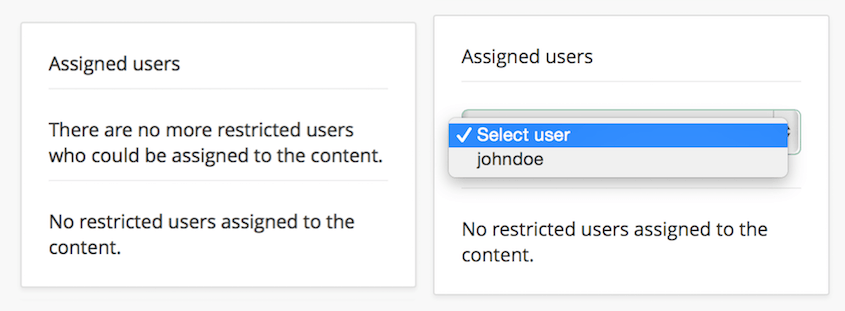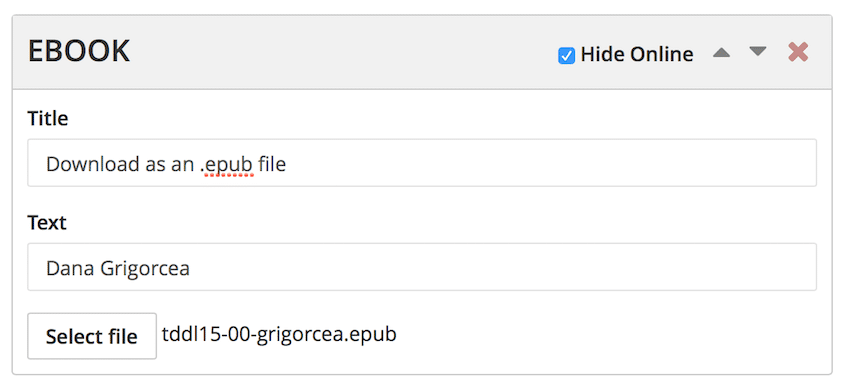With every new feature, an IT system is getting more and more complex, resulting in users losing the overview. This is especially true with content management systems.
We have developed xamoom constantly having simplicity in mind. We always wanted to avoid confusion, so that everyone will quickly master it and the author can concentrate only on the essential task: creating great content.
Yesterday we have taken an important step in this direction with version 3.9 (»Robert Musil«). A lot that is unnecessary for work can now be hidden. Here are some examples:
1. Multilingual editor
Over time, the number of languages that our customers use will rise. Since yesterday, we support 33 languages – from Bosnian to Ukrainian. If we offer all these languages in the editor, everyone would very quickly lose track.
Instead of having to click each time through an endless list, you can now select just those that are actually being used. Someone who wants to inform the tourists in Salzburg will probably waive Catalan or Estonian and thus has no need for an incredibly long menu.
If other languages will be needed later, you can add them with a simple click.
2. Restricted Users
Another example are restricted users. A tourism destination, for example, could invite hotels to create and edit their own pages. Such users can only see the features and content items that are relevant to them.
Is there – as in the example above on the left – no restricted user, the whole box is pointless. Because probably only very few customers will use this feature, it is now disabled by default. This box (see above right), as well as creating restricted users, can be activated in the settings.
3. Synchronization with the website
Content from xamoom can also be displayed on the customer’s websites. In this case, however, individual content blocks can be displayed exclusively on a smartphone at the relevant location. We offer this via an API and a reference implementation for WordPress. Other CMS will follow. Why should the option “XXXX” then appear to the non-pro customers? All their pages and content blocks are “mobile exclusive” anyway.
Since yesterday this option is hidden for everyone who cannot use it anyway.
Title image: iStockPhoto/rdegrie




